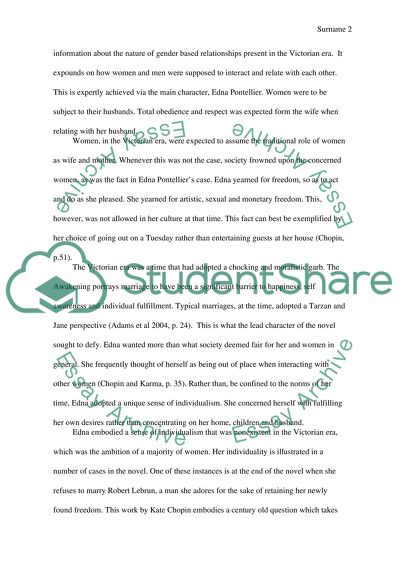Cite this document
(“The Awakening by choplin and how women were treated in the Victorian Research Paper”, n.d.)
Retrieved de https://studentshare.org/english/1459760-the-awakening-by-choplin-and-how-women-were
Retrieved de https://studentshare.org/english/1459760-the-awakening-by-choplin-and-how-women-were
(The Awakening by Choplin and How Women Were Treated in the Victorian Research Paper)
https://studentshare.org/english/1459760-the-awakening-by-choplin-and-how-women-were.
https://studentshare.org/english/1459760-the-awakening-by-choplin-and-how-women-were.
“The Awakening by Choplin and How Women Were Treated in the Victorian Research Paper”, n.d. https://studentshare.org/english/1459760-the-awakening-by-choplin-and-how-women-were.


